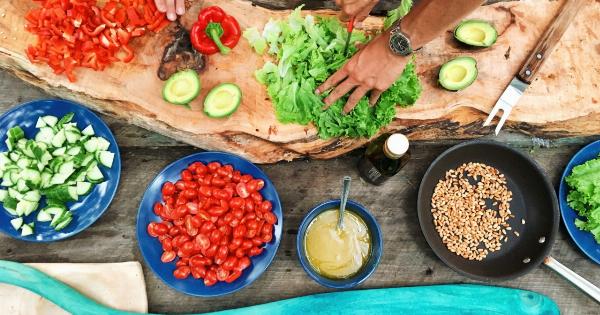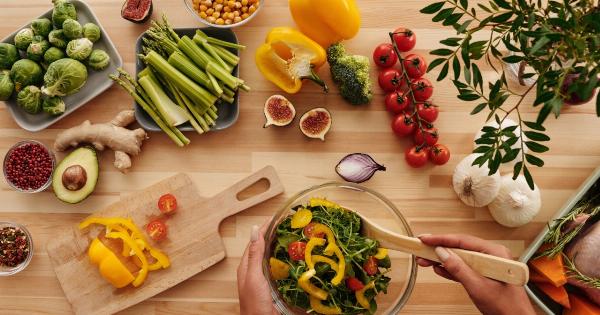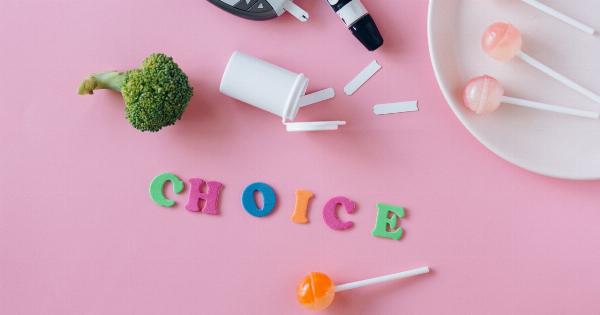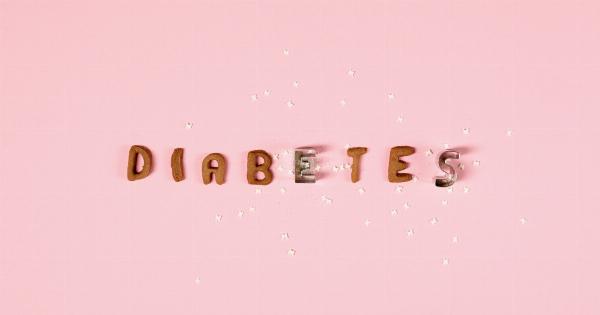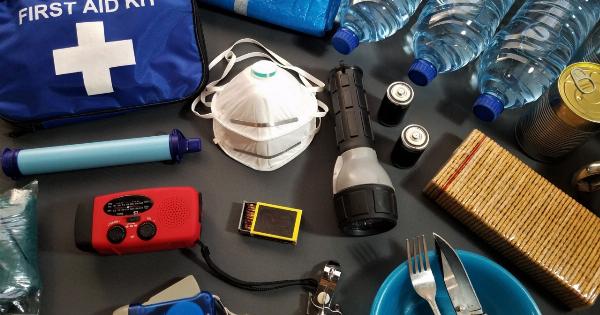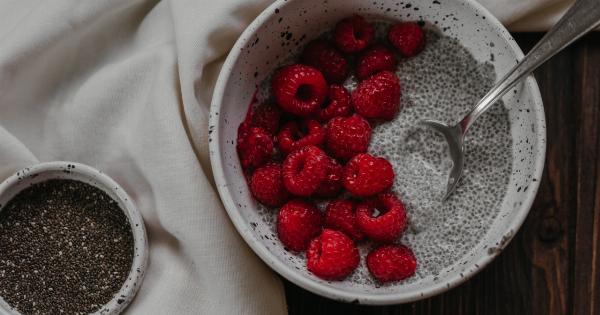Reading food packaging is an essential part of following a healthy diet. It’s important to know what you’re eating and make informed choices when it comes to the foods you consume.
But, with so many different claims and labels on packaging, it can be overwhelming to know how to decipher the information. Here are some common errors people make when reading food packaging:.
1. Not Checking the Serving Size
One of the biggest mistakes people make when reading food packaging is not checking the serving size. The nutritional information on a package is based on a specific serving size, which may not be what you consider a “normal” amount to eat.
For example, a package of chips may list the nutritional information for one serving, which is only a handful of chips. If you eat the whole bag, you’ll need to multiply the nutritional information by the number of servings you consumed.
2. Confusing “Low-Fat” with “Low-Calorie”
Another common mistake is assuming that “low-fat” means “low-calorie”. While lower fat foods may have fewer calories than their full-fat counterparts, that’s not always the case.
In fact, many low-fat foods have added sugars and other ingredients to compensate for the lack of flavor that comes with removing fat. Always check the calorie count to make sure you’re choosing a truly low-calorie option.
3. Not Paying Attention to Added Sugars
Many people focus on the calorie and fat content of their food, but they forget to check for added sugars. Sugar can be hidden in many different forms, such as high fructose corn syrup, molasses, and honey.
Even foods that don’t taste sweet, like bread and pasta sauce, can have added sugar. Check the ingredient list to see if sugar is listed and how high up on the list it is.
4. Assuming All Organic Foods Are Healthy
While organic foods are often thought of as healthier options, that’s not always the case. Organic cookies and chips are still cookies and chips, and they can still be high in calories, sugar, and fat.
Always check the nutrition information and ingredient list to make sure you’re choosing a healthy option, regardless of whether it’s organic or not.
5. Not Considering Whole Foods Instead of Packaged Options
Reading food packaging can be helpful, but it’s important to remember that the healthiest options are often whole foods that don’t come with packaging.
Fresh fruits and vegetables, whole grains like brown rice and quinoa, and lean proteins like chicken and fish are all great options that don’t come with labels to read. Try to incorporate more whole foods into your diet to ensure you’re getting the most nutrients.
6. Assuming “Natural” Means Healthy
The label “natural” is often used to make a product seem healthier than it is. However, there are no official guidelines for what “natural” means, and it’s not a regulated term.
Just because a food is labeled as natural doesn’t mean it’s healthy. Always read the ingredient list and nutritional information to make sure it’s a healthy choice.
7. Not Understanding the % Daily Value
Many food packages list the % Daily Value for different nutrients, but it can be confusing to know what that means. The % Daily Value is based on a 2,000 calorie diet, so it may not be accurate for everyone.
Additionally, it’s important to note that the % Daily Value is based on what you need in a day, not what you should aim to eat in a day. For example, a food with 10% of the Daily Value for protein doesn’t mean that’s all you should eat in a day.
8. Assuming All Gluten-Free Foods Are Healthy
Similar to organic foods, many people assume that gluten-free foods are automatically healthier options. However, gluten-free baked goods and snacks are often high in calories, sugar, and fat.
Always check the ingredient list and nutritional information to make sure you’re choosing a healthy gluten-free option.
9. Ignoring the Sodium Content
While sugar and fat often get a lot of attention, it’s important not to ignore the sodium content of foods. High sodium intake has been linked to high blood pressure and other health issues.
Check the sodium content on food packaging and try to choose lower sodium options whenever possible.
10. Believing Health Claims Without Evidence
Finally, it’s important not to believe health claims on food packaging without evidence to back them up.
Claims like “heart-healthy” or “immune-boosting” may sound good, but without evidence to support them, they’re just marketing claims. Look for products with evidence-based health claims, like those approved by the FDA, to ensure you’re getting a truly healthy option.

